
- •Environment and ecology Chapter 1
- •Chapter 2 Oceans. Natural parks and animals
- •The oceans
- •Why are the Oceans Salty?
- •Why is the ocean blue?
- •What Causes Waves?
- •What causes the tides?
- •Tsunami
- •Coral Reefs
- •National Parks and Climate Change
- •Animal invaders How much danger are we in? How many invaders are there?
- •Chapter 3 Atmosphere, climate and weather.
- •Chapter 4. Sustainable Development and Environmental Protection
Environment and ecology Chapter 1
Task 4. Read the following text and decide whether the statements after it are true (T) or false (F):
Natural environment, in broad sense, means all living and non-living things that are natural on the Earth.
The concept of the natural environment can be distinguished by the following components:
Complete ecological units that function as natural systems without massive human intervention, including all vegetation, microorganisms, soil, rocks, atmosphere, and natural phenomena that occur within their boundaries.
Universal natural resources and physical phenomena that lack clear-cut boundaries, such as air, water and climate, as well as energy, radiation, electric charge, and magnetism, not originating from human activity.
In a narrow sense, it is an environment that is not influenced by human.
The natural environment is contrasted with the built environment which sometimes is referred to as cultural landscape, which comprises the areas and components that are strongly influenced by humans. A geographical area is regarded as a natural environment.
It is difficult to find absolutely natural environments, nearly all of them have been directly or indirectly influenced by humans at some point in time. In order to address this concern, some level of human influence is thus allowable without the status of any particular landscape ceasing to be “natural.” Many natural environments are the product of the interaction between nature and humans. For this reason, the term ecosystem has been used to describe an environment that contains nature, and includes people. Therefore, environmental problems are human or social problems. Some also consider it dangerously misleading to regard “environment” as separate from “people.”
The etymology of the term ‘natural environment’ can be simply traced. ‘Natural’ can be described as something that occurs naturally, or on its own accord, on the Earth. ‘Environment’ can be described as the surroundings of an object. Natural environment is often used as a synonym for habitat, which means ecological or environmental area that is inhabited by a particular species of animal, plant, or other type of organism. It is the natural environment in which an organism lives, or the physical environment that surrounds (influences and is utilized by) a species population. For instance, the natural environment of giraffes is the savannah.
(Based on the materials from http://en.wikipedia.org/wiki/Natural_environment and http://en.wikipedia.org/wiki/Habitat)
Natural environment means all living and non-living things with cultural landscape.
The constituent components of natural environment are natural systems without people’s interference.
Natural environment also includes natural resources, natural phenomena and built environment.
Built environment in other words is cultural landscape.
Geographical area comprises components that are strongly influenced by humans.
The term ‘ecosystem’ involves phenomena like air, water, and climate, as well as energy, radiation, electric charge, and magnetism, not originating from human activity.
Habitat is the built environment of animal, plants and other species.
Physical environment influences and is utilized by a species population.
4.1 Find the synonyms for the following words in the text:
encroachment
flora
happen
borders
be short of
definite
finishing
to view
origin
discovered
harmony
used
Task 5. With a partner, try to explain the terms in the diagram below.
Pollution
GLOBAL
WARMING
Ozone
Layer
Deforestation
Recycling
Hybrid
Car Car
Alternative
Energy


Why are the words divided into two groups – those in squares and those in oval shapes?
Task 6. Listening. CARBON FOOTPRINT
6.1 Have you ever heard the term ‘carbon footprint’?
Read the definition of the term and share your opinion about it.
Carbon footprint is a measure of the amount of carbon dioxide that is produced by the daily activities of a person or company.
6.2 Listen to the talk about carbon footprint and fill in the gaps in the text (Recording 1):
We 1) ___________________ something about pollution. Even though there are warnings about global warming, companies 2) ___________________ to reduce pollution. Our sky, air, rivers, beaches and countryside 3) ____________________ rubbish dumps. The air 4) ____________________ it is giving children breathing problems. Polluted rivers have no fish 5) __________________ and beaches are too dangerous 6) __________________ because of the garbage everywhere. It seems a lot of 7) ___________________. I think there should 8) ___________________ for polluters. I don’t 9) ___________________ more for things if they can be made with less pollution. The problem is that companies are more 10) __________________ profits than pollution. We have only just started looking at our carbon footprint.
6.3 Unscramble the words in the following phrases:
even hohutg
there are ansnigwr
to uerdec pollution
hsbbiru dumps
enagbhtri problems
polluted iserrv
eabchse are too dangerous
rbageag everywhere
interested in irpftso
efisn for polluters
6.4 With your partner, discuss what steps you can personally undertake to reduce carbon footprint.
(Based on http://www.listenAminute.com/carbon_footprint.html)
Task 8. Jigsaw Reading. Split into three groups. Each group reads two texts making notes in the diagram from task 4 (in the notebooks and on the board).
Group 1: texts Global Warming. The ozone Layer.
Group 2: texts Deforestation. Pollution.
Group 3: texts Alternative Energy. Recycling.
8.1 After reading, find a partner from another group, share your information and listen to your partner’s one. Choose a partner from the third group and repeat the procedure.
Global Warming
Scientists say the temperature of the earth could rise by 3°C over the next 50 years. This may cause drought in some parts of the world, and floods in others, as ice at the North and South poles begins to melt and sea levels rise.
Global warming is caused by the greenhouse effect. Normally, heat from the sun warms the earth and then escapes back into space. But carbon dioxide and other gases in the atmosphere trap the sun’s heat, and this is slowly making the earth warmer. |
The Ozone Layer
The Ozone Layer is a layer of gas high above the surface of the earth that helps to protect it from the sun’s ultraviolet radiation, which can damage our skins and cause cancer. Scientists have recently discovered holes in the Ozone Layer, caused by substances called CFCs (clorofluorocarbons).
CFCs are used in refrigerators, aerosol cans and in the manufacture of some plastic products. Some companies now make aerosols that do not contain CFCs, and these are often marked “Ozone Friendly”. |
Deforestation
Rainforests help to control global warming because they absorb carbon dioxide. In recent years, large area have been destroyed, as the trees are cut down for wood or burned to clear the land for farming. The burning releases large amounts of carbon dioxide into the atmosphere.
Many rainforests grow on poor soils, and when they are cut down or burned, the soil is washed away in the tropical rains, so that the area may turn to desert. Many plant and animal species that live there could become extinct. |
Pollution
Factories, power stations and motor vehicles pump large quantities of carbon dioxide and other gases into the air. This is a major cause of the greenhouse effect. A lot of petrol contains lead, which is very poisonous and can cause brain damage in children. Most cars use unleaded petrol today and hybrid cars use batteries and petrol to use less petrol.
Some poisonous gases dissolve in water in the atmosphere and then fall to the earth as acid rain. Acid rain also damages trees and buildings, and can kill fish in lakes and rivers. Rivers can also be polluted by industrial waste from factories and chemical fertilizers and pesticides used by farmers.
|
Alternative Energy
Most of the energy we use today comes from coal, oil and gas. But these will not last forever, and burning them is slowly harming the atmosphere. We need to look for other ways of supplying energy.
Solar Power is a way of using the sun’s energy as heat or to make electricity. We can also use wind-power by building modern windmills that spin in the wind. There are several types of water-power: river water in mountainous areas can be used to generate hydroelectric power, and we can also create electricity from sea water flowing in and out with the tides.
|
Recycling
Recycling is the processing of used objects and materials so that they can be used again. About 60% of rubbish from homes and factories contain materials that could be recycled. Recycling saves energy and raw materials, and also reduces damage to the countryside.
Glass, paper and aluminium cans can all be recycled very easily. Many towns have special bins for bottles and cans where people can leave their empty bottles and cans for recycling. A lot of paper bags, writing paper and greeting cards are now produced on recycled paper.
|
Task 9. Match the words in column A to those in column B to make the correct collocations:
A |
B |
1. massive |
a) landscape |
2. lush |
b) drought |
3. to lack |
c) extinct |
4. cultural |
d) to be natural |
5. to comprise |
e) ultraviolet radiadtion |
6. to cease |
f) green vegetation |
7. utilized |
g) carbon dioxide |
8. to cause |
h) human intervention |
9. to absorb |
i) in the ozone layer |
10. sun’s |
j) tides |
11. holes |
k) clear-cut boundaries |
12. to release |
l) in water |
13. the soil is |
m) fertilisers |
14. become |
n) the areas and components |
15. major cause |
o) by a species population |
16. brain |
p) washed away |
17. gasses dissolve |
q) damage |
18.chemical |
r) in the wind |
19. windmills spin |
s) of the greenhouse effect |
20. sea and ocean |
t) into the atmosphere |
9.1 Work in pairs. Use the above collocations in the sentences of your own.
Task 11. Vocabulary
There are many different words referring to features of the environment. Here are some arranged on small to large scales.
brook → stream → river hillock → hill → mountain cove → bay →gulf
copse → wood → forest puddle → pond → lake footpath →lane → road
Here are some other nouns which are useful when talking about the environment. Check their meanings with a dictionary if necessary.
Where land meets sea: coast shore beach estuary/delta cliff cape peninsula straits
Words connected with rivers: source/river head tributary waterfall mouth valley gorge bank
Words connected with mountains: foot ridge/range peak/summit glacier cliff volcano
Words connected with land areas: desert steppe/prairie/pampas/savannah forest/rainforest wilderness plain tundra plateau
Words connected with water: lake geyser spring pond reservoir/water-storage basin current
11.1 Label the pictures below:
1 2
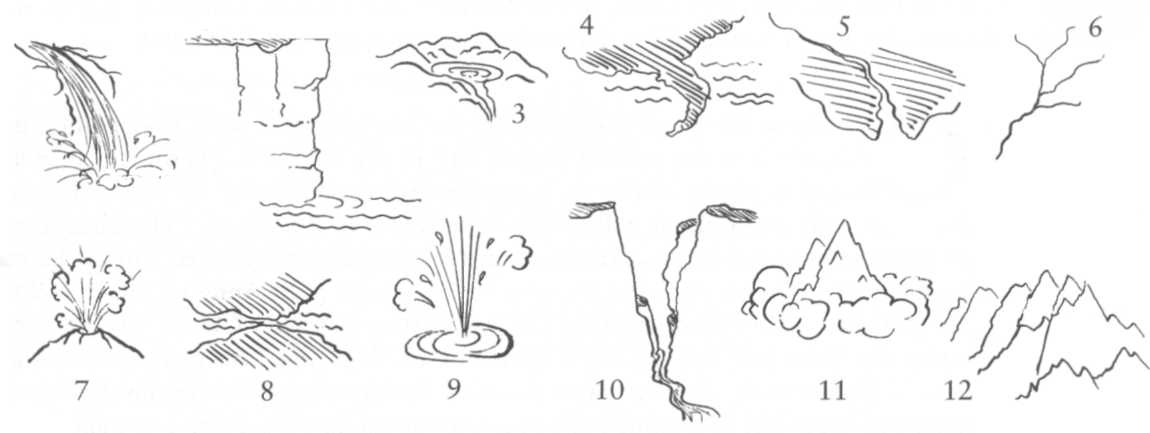
1 _______
2 _______
3 _______
4 _______
5 _______
6 _______
7 _______
8 _______
9 _______
10 ______
11 ______
12 ______
11.2 Label the pictures below using descriptive adjectives with the nouns:
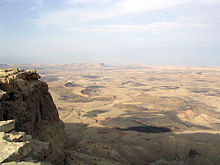
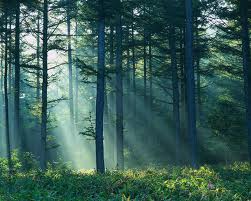
1 _________________________ 2 _______________________
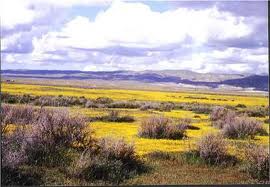
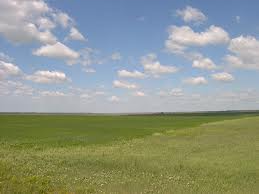
3 _________________________ 4________________________
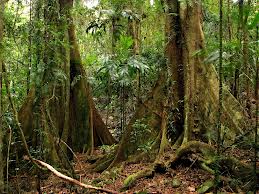
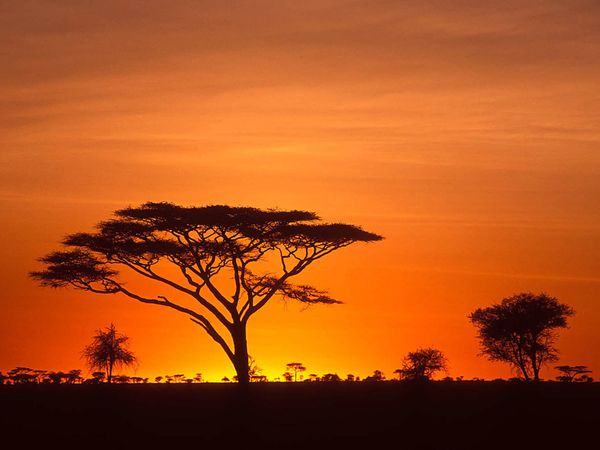
5 ________________________ 6 ________________________
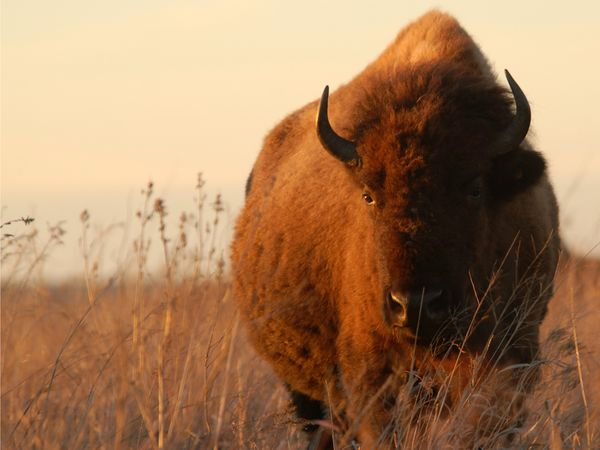
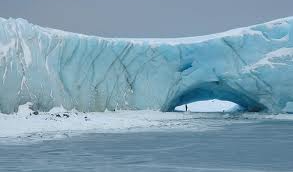
7 _________________________ 8 ____________________________
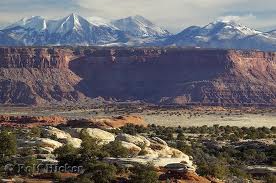
9 __________________________
11.3 You have to be careful about the use of ‘the’ with features of the environment. Study the following rules:
|
use with the? |
example |
countries |
no |
France |
countries which are in a plural form |
yes |
The USA |
countries when limited by time |
yes |
The Spain of today |
individual mountains |
no |
Mount Everest |
mountain chains |
yes |
The Rockies |
islands |
no |
Sicily |
groups of islands |
yes |
The West Indies |
rivers |
yes |
The Volga |
oceans |
yes |
The Pacific |
seas |
yes |
The Mediterranean |
gulfs, bays and straits |
yes |
The Gulf of Mexico The Bay of Biscay |
lakes |
no |
Lake Erie |
current |
yes |
The Gulf Stream |
11.4 Look at this encyclopaedia entry about Iceland and underline any words that refer to particular features of the environment:
Iceland An island republic in the North Atlantic. The landscape consists largely of barren plains and mountains, with large ice fields particularly in the south west. The island has active volcanoes and is known for its thermal springs and geysers. With less than 1% of the land suitable for growing crops, the nation’s economy is based on fishing. Fish products account for 80% of the exports. Area: 103,000 km2. Population: 227,000. Capital: Reykjavik.
11.5 In the paragraph below all the instances of ‘the’ have been omitted. Insert them wherever they are necessary:
Brazil is fifth largest country in world. In north densely forested basin of River Amazon covers half country. In east country is washed by Atlantic. Highest mountain chain in South America, Andes, does not lie in Brazil. Brazil’s most famous city is Rio de Janeiro, former capital. Capital of Brazil today is Brasilia.
10.6 Can you answer the following general knowledge questions about the environment?
What is the highest mountain in Africa?
What is the longest river in Europe?
Where is the highest waterfall in the world?
Name another country, apart from Iceland, which has geysers and hot springs.
What is a delta and which famous river has one?
Where are the Straits of Gibraltar and the Cape of Good Hope?
11.7 Complete the paragraph below about your own country, or any other country that interests you. Remember to use ‘the’ whenever it is necessary:
(1)is a (2) in (3).
The countryside is (4) in the north and (5) in
the south. The country’s economy is based on (6). The best-known
river in (7) is (8). The most famous chain of
mountains is (9) and the highest mountain in that chain is
(10) (11) is a major environmental problem in
(12) today.
10.8 Give two nouns from your active vocabulary to go with the adjectives below. Try not to repeat any of the nouns you choose:
Example: sandy beach/shore
1 sandy 2 steep 3 shallow 4 rocky 5 turbulent 6 dangerous
(Based on English Vocabulary in Use, Upper-Intermediate and Advanced. Michael McCarthy, Felicity O’Dell)
Task 12. Listening. Forest Fires
12.1 You are going to listen to a talk about forest fires. Before listening, match the words to their definitions:
1. devastating |
a) the hard outer covering of a tree |
2. fatal |
b) to be strong enough not to be hurt or damaged by extreme conditions, the use of force, etc. |
3. injury |
c) causing a lot of damage or destruction |
4. bark |
d) the quality of being easily influenced, harmed or infected |
5. tree trunk |
e) capable of being physically or emotionally wounded or hurt |
6. susceptibility |
f) causing death or very serious damage and having an important bad effect in the future |
|
g) physical damage or hurt |
|
h) to shape or influence; give direction to |
|
i) to continue to live or exist despite a dangerous event or time |
|
j) the thick main stem of a tree, from which its branches grow |
12.2 Listen to the talk and fill in the gaps (Recording 2):
Forest fires have a devastating 1) _______ trees. Often, as would be expected, trees are killed 2) _______ fire. 120 degrees centigrade for one or more hours is, 3) ________, enough to cause fatal injury. Some trees, however, like the redwoods, have 4) _______ thick bark and can take higher temperatures 5) _______ before the inner layers of their tree trunks are damaged. Trees with thick bark are not always killed in a fire.
Bark thickness is only one of many factors affecting a tree’s susceptibility 6) _______. A tree’s leaf type is also important in determining fire damage. Trees with a lot of large leaves burn 7) _______ trees with only a few small leaves.
A tree’s rooting habit is also important. Trees whose roots grow 8) _______ the surface are more vulnerable to fire damage. These trees may be killed by a ground fire even if a fire does not develop in the treetops.
The tops of trees are called their crowns, and fires that take place in treetops are called 9) _______. Crown fires are very common and are especially 10) _______ trees that carry most of their leaves at the top.
As you can see, there are a number of factors that 11) _______ a tree’s ability to withstand fire. No tree, however, can survive a serious hot fire that 12) _____ more than a few hours.
12.3 Answer the following questions choosing from the four options. There is only one best answer to each question:
What would be a good title for this talk?
Preventing forest fires.
Factors Affecting a Tree’s Resistance to Fire.
The Redwoods Ability to Withstand Fire.
Ground Fires and Crown Fires.
What fire temperature causes fatal injury to most trees?
100 degrees centigrade.
20 degrees centigrade.
40 degrees centigrade.
120 degrees centigrade.
Why do redwoods sometimes survive forest fires?
They have deep roots.
They have few leaves.
They have thick bark.
They grow close together.
What does the speaker say about trees with roots growing close to the surface of the ground?
They are more likely to have large leaves.
They are susceptible to ground fires.
They have a high resistance to all types of fire.
They usually fall down during a fire.
According to the speaker, what is a crown?
The top of a tree.
A very hot fire.
Tree roots that grow close to the surface.
The highest flame in a fire.
(Based on The Heinemann ELT TOEFL Preparation Course by M. Kathleen Mahnke and Carolyn B. Duffy)
